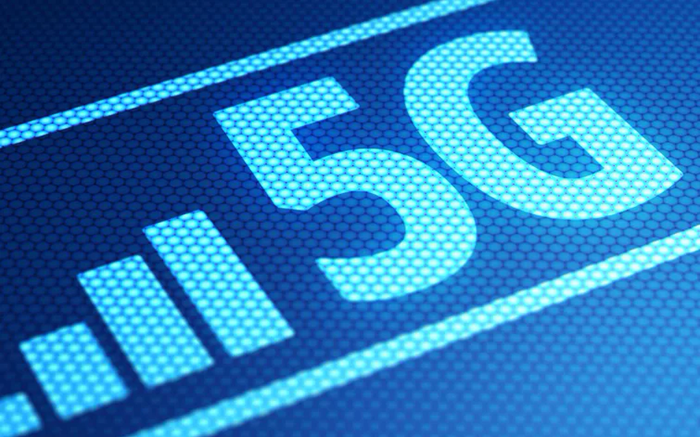Back in 2018, I told you fixed wireless internet was the future. Fixed wireless internet, in case you don’t recall, is a system where a cellular system replaces your home internet. It’s just like getting internet from the cable company but there’s no cable or fiber to the home.
So it’s like gotW3 right?
Yeah, it’s kind of like gotW3. Except, it’s intended to be permanently installed. A special antenna goes up on your house and it’s aimed directly at a cell tower. Then that service goes into the home. You can do this with gotW3 but you don’t have to most of the time.
It’s also expected that fixed wireless internet would be faster than gotW3. When we first started talking about it, fixed wireless internet was expected to be one of the first ways that most people would encounter 5G cellular service.
Well it didn’t happen that way.
Here we are in 2020 and we’re seeing all sorts of 5G phones, with even more on the way. But 5G fixed wireless service is very rarely mentioned. Count it as just another prediction that didn’t go my way. So what happened?
Fixed wireless turned out to be harder and costlier than we first thought
In order to cover an area with fixed wireless service, you need a cell tower roughly every 250-500 square feet. That means to cover a square mile, which would normally be covered by as little as one tower, you would need 100 towers. That’s a huge jump in expense. In order to cover that expense you need a lot of people using the service and that’s really only possible in large cities. You could imagine fixed wireless working very well in a large skyscraper, where 2-3 towers could be used just for the building. But out in suburbia, that’s a problem.
In the ‘burbs, people rebelled against such a massive increase in towers. It didn’t help that there was this paranoia (unfounded as far as we know) that 5G is in some way unhealthy for you. This held back fixed wireless adoption and meant that overall, it just hasn’t taken off.
5G cell phones turned out to work better than we thought
The original hope for 5G was that it would all take place in the Ka band, the so-called “millimeter wave” band. But, starting in 2018, the government started allowing cell companies to use frequencies in the 600-800MHz range for 5G service. This frequency range is a lot more like what cell companies use for LTE. They know how to build phones that use it. These lower frequencies go further out and don’t need new tower placements.
All the 5G cell phones that you’ll encounter this year will be low-band 5G, not millimeter-wave 5G. Low-band 5G doesn’t give the same incredibly fast speeds as millimeter-wave, but it should still be about three times faster than the fastest current LTE connection. That’s going to be fast enough for most people for at least the next couple of years.
Is there a hope for fixed wireless 5G?
I still hope to see growth in fixed wireless 5G as time goes on. Right now cable companies have a virtual monopoly on internet in many cities. That keeps costs high and service levels low. The cable company may advertise high download speeds, but they don’t talk about latency which is potentially more important. Many cable companies also have pitiful upload speeds of less than 15Mbps which frankly is pretty embarrassing.
Fixed wireless 5G will increase competition and eventually drive prices of high-speed plans down. It will also drive cable companies toward providing better service. And of course, it will increase bundling opportunities.
When fixed wireless 5G comes into its own, companies like Solid Signal will be on the forefront. Until then, shop for the cellular accessories you need.





